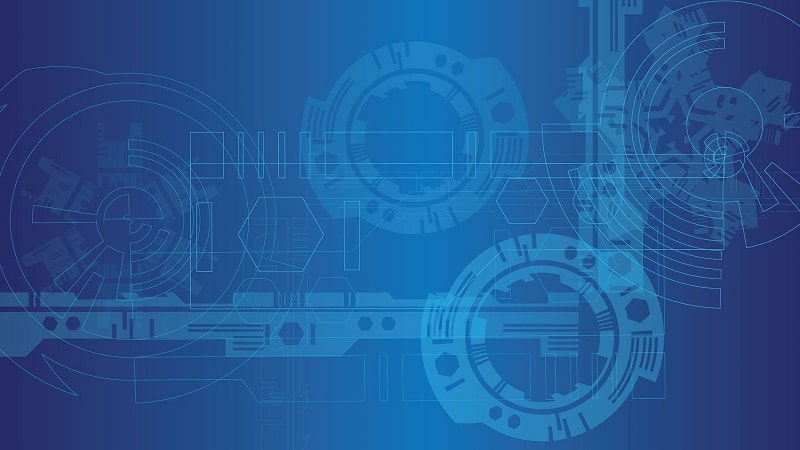
In January 2022, government and industry technology leaders discussed edge computing challenges and opportunities. This article highlights progress and what is needed from government and industry as more and more data is collected and analyzed at the network’s edge.
A recent Gartner report predicts that approximately 75 percent of enterprise-generated data will be created and processed at the edge by 2025. What does this mean for the Federal government? Are agencies prepared to manage an explosion of data at the edge? And, what factors should Federal IT leaders consider when preparing for the future of edge data?
Edge computing is already part of many agencies’ DNA. “This is one area where the government has done an extraordinary job. In the last two years the government lived in the edge,” notes Cameron Chehreh, chief technology officer and vice president of pre-sales engineering at Dell Technologies. “We’ve seen the pandemic. We’ve seen natural disasters. We’re taking portable tactical clouds into the mission space, and we’re seeing the edge being completely redefined.”
Many agencies are analyzing as well as collecting data at the edge, giving teams in the field the data to make decisions and respond quickly in situations where time is of the essence. Already, agencies are using edge computing in a variety of ways to meet their missions:
- Collecting and disseminating weather and climate data to organizations of all types; this data drives a quarter of the nation’s GDP
- Monitoring and analyzing fishery populations so researchers can make fish stock analysis data available with reduced latency
- Deploying drones for real-time analysis of dangerous storms and hurricanes
- Utilizing video equipment with AI capabilities to alert border patrol agents to suspicious activities
At the same time, government agencies need centralized data analysis and storage, so many take a two-prong approach. In addition to analysis at the edge, they also rely on a more traditional hub-and-spoke model in which information is relayed back to a central high-performance computing system. This helps create an ecosystem of data processing that allows for additional analysis and reuse of information collected at the edge. Improved data analysis allows the government to develop and provide new services that improve citizen services, enhance mission effectiveness, and in some cases, create opportunities for the private sector.
Many agencies are required to retain records for lengthy periods – in some cases, up to 75 years. Central databases also provide secure long-term storage. As technology continues to improve, these records might prove useful for future analysis and synthesis in ways that no one can anticipate.
Edge practitioners in government and industry acknowledge that this nascent field of computing has a long way to go to maturity. Current challenges include:
- Cybersecurity: As edge devices proliferate, so do entry points into an agency’s system, increasing the risk of a breach
- Lack of standardization: This makes it difficult for agencies to intake information efficiently and share it with other interested organizations
As government agencies evolve edge computing infrastructure and applications, cooperation across the public and private sector is key. Technical standards and reference architectures will help agencies implement new technology more quickly and streamline processes. Compliance and standardization will also help mitigate situations that might arise, such as the recent concern over 5G’s potential interference with airplane navigation systems.
Establishing standards and reference architectures requires agencies and vendors to work together. Gretchen Stewart, chief data scientist for public sector at Intel, notes the importance of effective public/private partnerships in managing complex technology, saying, “Working together with the technology and the government is the only way we’re going to solve and be able to honestly define some of those reference architectures. As a technology company, we don’t want to do it in the dark. The only way that we’re going to solve all of these challenges is by working together.”
Because the edge presents new security challenges, robust cybersecurity practices are more important than ever. Building security on a zero trust architecture, for example, can help secure Federal systems as can data encryption and two-factor authentication. Developers cannot bolt security on to existing solutions; it must be baked into every step of software development.
Edge computing provides myriad opportunities to put data to work when and where it’s collected. Robust public-private collaboration around standards, reference architectures, and cybersecurity can help government deliver on this opportunity today – and in the future.
